An IoT gateway is a hardware or software component that connects controllers, sensors, and other intelligent devices to the cloud. An IoT gateway, either a specialized hardware appliance or software program, is where all data traveling between IoT devices and the cloud is routed through. An intelligent gateway or control tier is another name for an IoT gateway.
What is an IoT gateway?
Data is sent between IoT devices and the cloud using IoT gateways, which also serve as network routers. Early on, the majority of gateway devices just transmitted traffic from IoT devices to the cloud. A gateway device now frequently manages both inbound and outgoing traffic. IoT data is sent to the cloud using outbound traffic streams, and device management operations like firmware updates use incoming traffic.
Some IoT gateways do tasks other than traffic routing. Sometimes the data can be preprocessed locally at the edge using a gateway device before being sent to the cloud. In order to reduce the amount of data that needs to be sent to the cloud, the device may deduplicate, summarize, or aggregate data as part of this process. This may significantly impact response times and network transmission expenses.
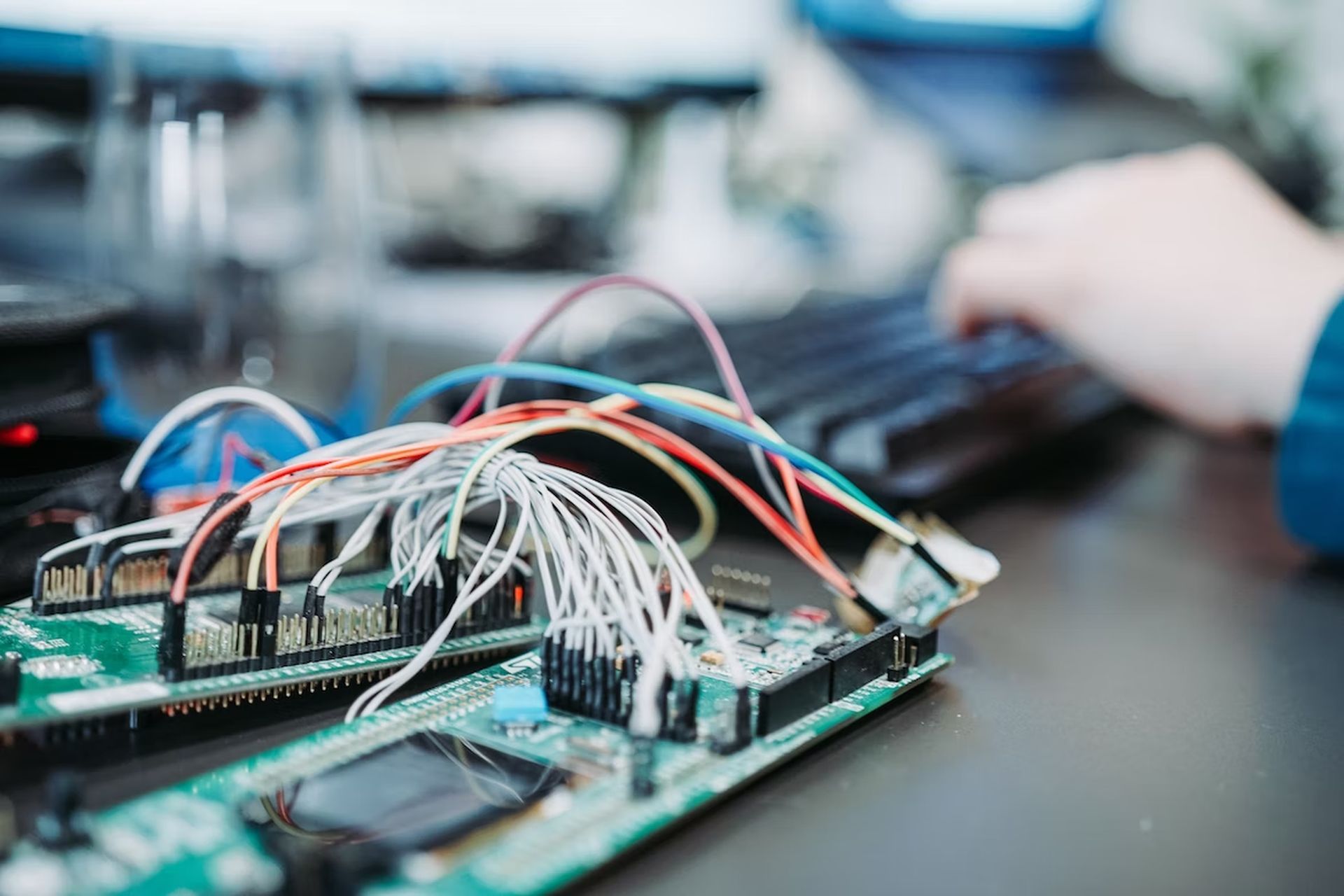
An additional layer of security for the IoT network and the data it transfers is another advantage of an IoT gateway. The security of IoT devices has frequently been proven to be lacking, despite improvements. For instance, the TCP/IP library, which is used by hundreds of millions of IoT devices, was found to include the Ripple20 vulnerability in 2020, rendering such devices vulnerable to attack.
Adopting an IoT gateway with capabilities like tamper detection, encryption, hardware random number generators, and crypto engines is one method a business may use to secure its IoT network. These and other characteristics can help protect individual devices from assault and secure an IoT gateway.
How does an IoT gateway work?
A straightforward IoT gateway performs similar duties to a Wi-Fi router. The gateway receives a Wi-Fi connection from an IoT system and then routes the data from the IoT device to the cloud. IoT gateways, however, are typically much more complicated.
The fact that IoT devices use a variety of different protocols contributes to the fact that IoT gateways are typically more complicated than Wi-Fi routers. These protocols include Bluetooth Low Energy, BACnet, Zigbee, and Z-Wave. As a result, in order to support all the IoT devices in an enterprise, an IoT gateway may need to handle a wide range of protocols.
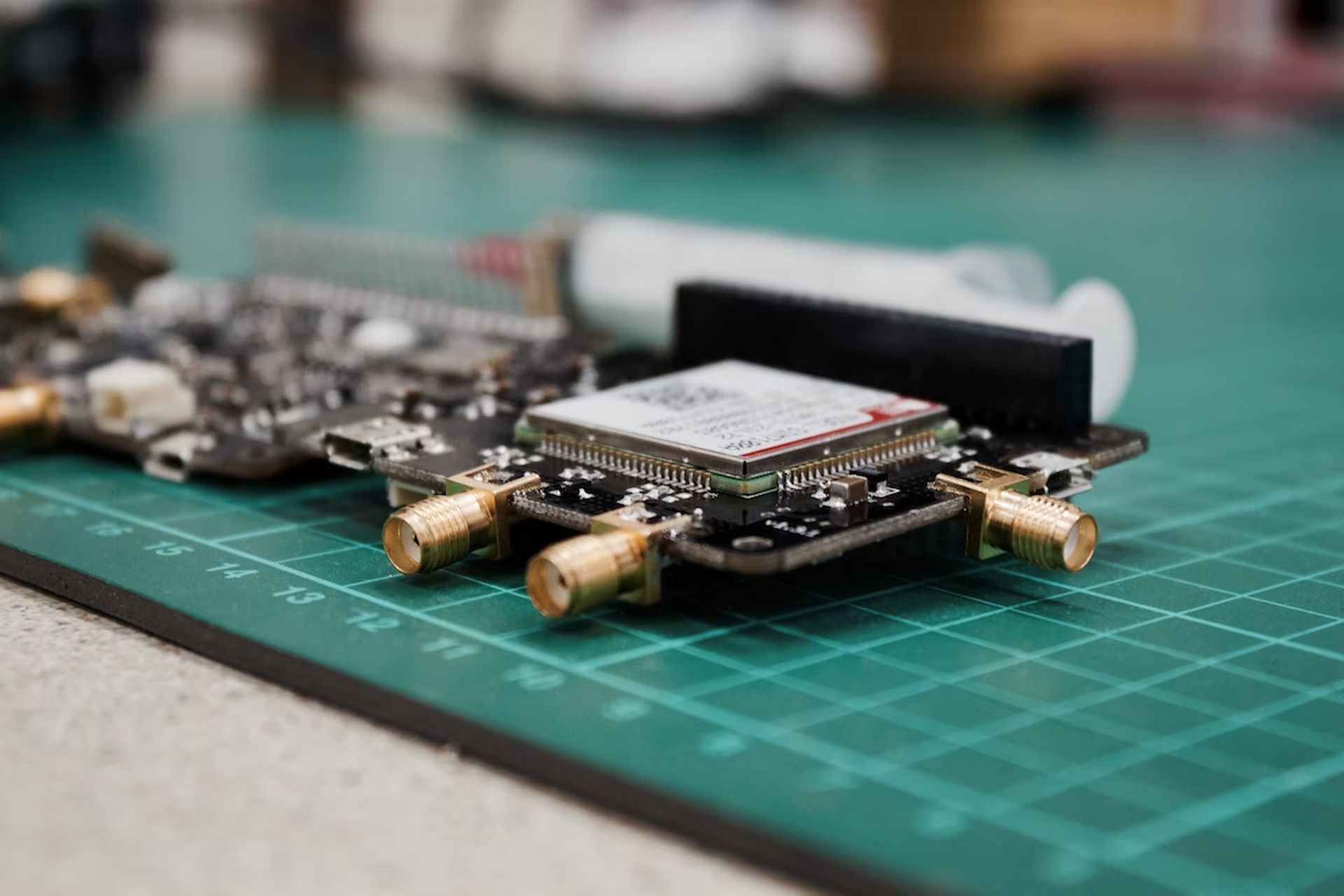
The gateway must be able to route every form of IoT traffic to the right location in addition to supporting these protocols. While data from building security sensors may need to be transmitted to a SaaS provider that runs a cloud-based security interface, data from a group of industrial sensors may need to be transferred to a database in the cloud.
IIoT and edge computing are gaining traction in many industries
IoT gateways may need to locally cache data in the event of an internet outage or if the gateway is inundated with more data than it can process, which is another reason why they may be more complex than Wi-Fi routers.
IoT gateways frequently offer failover clustering or the capacity to scale out in order to handle growing workloads.
Edge computing and IoT gateways
Some IoT devices generate enormous amounts of data. If a company has a sizable IoT ecosystem of devices and wants to send data from all of those devices to the cloud, this could be an issue. The IoT gadgets might possibly use up all of the company’s internet capacity and cost a lot to store data in the cloud.
Using edge computing for at least some of the essential data processing can help prevent these kinds of issues. By lowering the amount of data that must be transferred to the cloud, this method aids in lowering costs and bandwidth usage.
Let’s say a company has a collection of IP-enabled security cameras that are all transmitting real-time data. Sending all of the unprocessed surveillance footage to the cloud for data processing definitely wouldn’t make much sense. This is particularly true if some of the cameras mainly focus on vacant spaces.
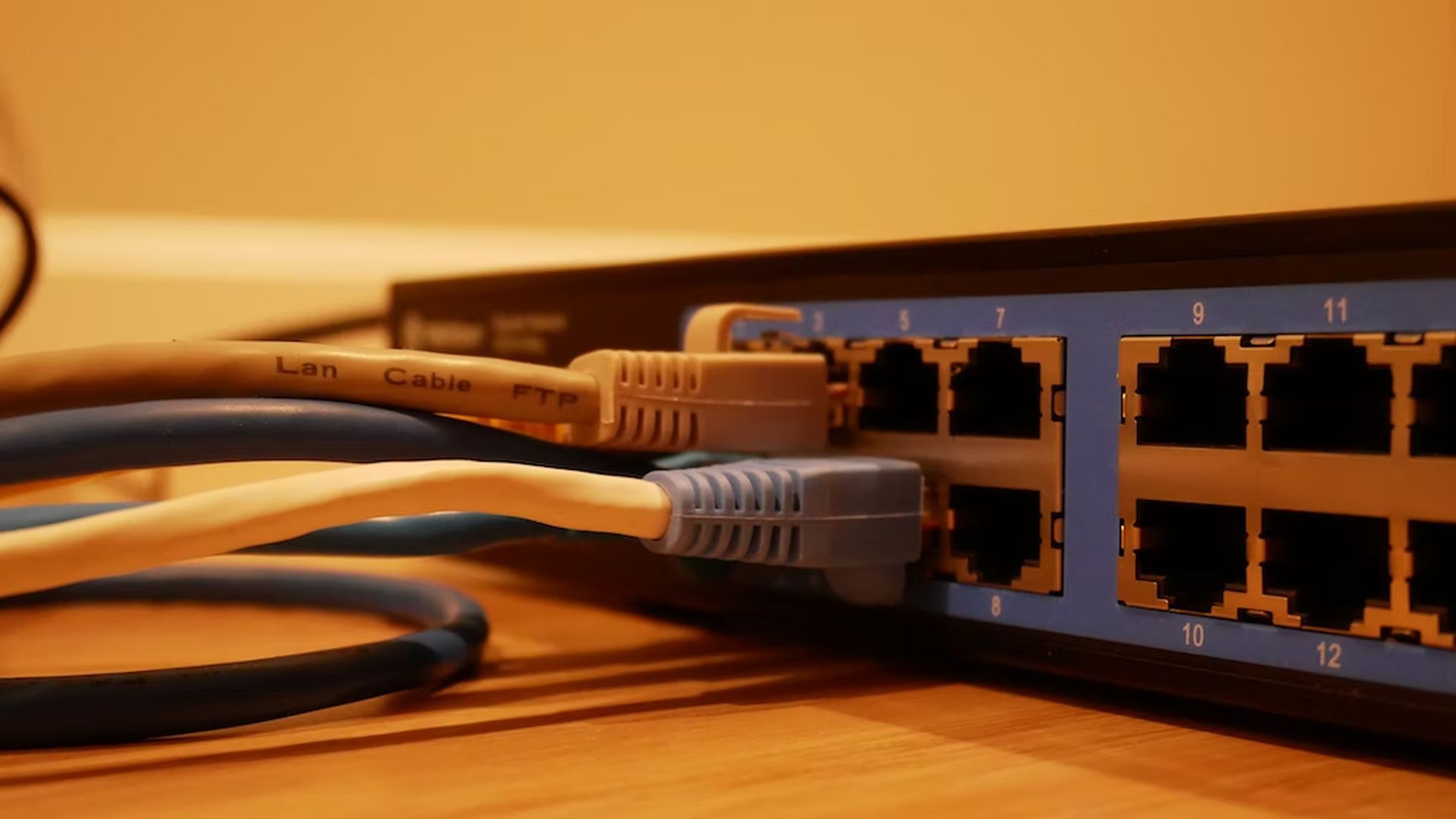
It is more effective to process the video footage at the edge rather than uploading all of the surveillance footage instantly. The edge device may distinguish between security film that the company deems worthy of keeping and footage that is inconsequential, such as video of an empty room. The footage that has to be evaluated can be sent from the edge device to a gateway device, which uploads the information to the cloud.
IoT gateways are crucial for controlling and protecting IoT devices, and they could also aid a company in lowering the bandwidth usage associated with IoT.
IoT gateway architecture
Four architectural layers can be found in IoT infrastructure. These consist of the following:
- Network layer: At this layer, data is compiled from many sources and sent to processing systems in a secure manner. Data aggregation and format conversion are tasks performed by data acquisition systems (DAS). At this level, IoT gateways work to connect IoT devices and processing infrastructure securely.
- Sensor layer: Devices gather data at the sensor layer for later processing.
- Data preprocessing layer: IoT sensor data is preprocessed and subjected to fundamental data analytics at this layer in order to limit the amount of data before it is transferred to cloud-based infrastructure. Operating at this layer are IoT edge devices.
- Cloud application layer: Applications and users have access to data and the findings of in-depth data analytics thanks to cloud-based infrastructure. At this tier, data warehousing or storage is also possible.
IoT gateway hardware
An IoT gateway device fills the communication gap between cloud-based IoT platforms, sensors, equipment, and systems. IoT gateway devices offer local processing and storage solutions as well as the capability to autonomously manage field devices based on data input from sensors by linking the field and the cloud in a systematic manner.
AIoT: The much-needed convergence of AI and IoT
An edge gateway is located at the junction of edge systems, where the local intranet used by the other devices in your ecosystem meets the public Internet. It serves as the primary access point for network connectivity both inside and outside of the ecosystem of your devices.
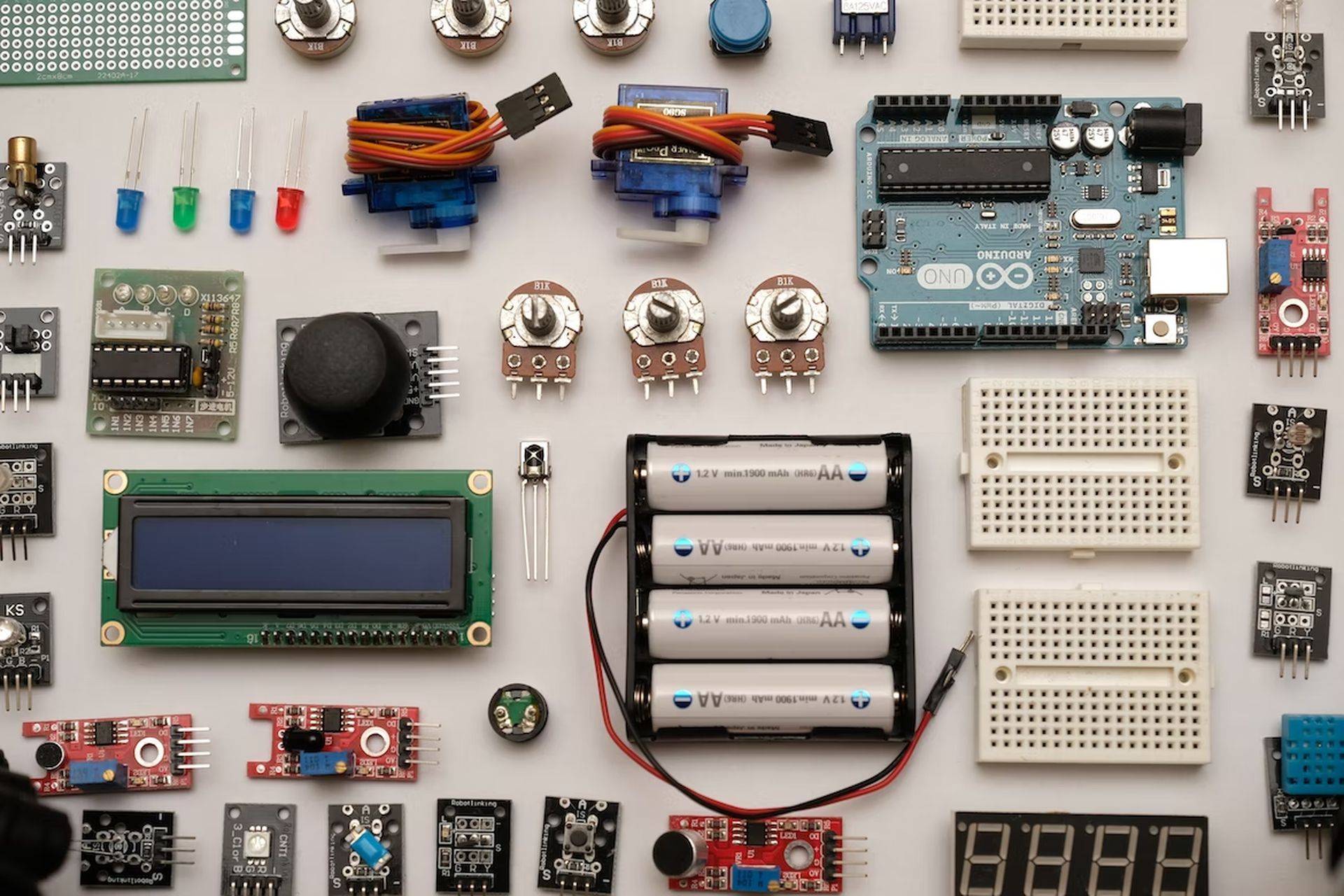
Is a router an IoT gateway?
Routers are perhaps the most widely used of all IoT gateways. They transmit IP packets in and out of a local network and to and from IoT devices, making it possible for your smart sensors or other devices to connect to the Internet and share the data they generate.
IoT gateway software
The digital age has not yet seen the arrival of many machines and plants. To take advantage of the advantages of the Industrial IoT, they must first be connected. The solution is the IoT gateway software, which you may use for both new and currently installed units.
The IoT gateway software increases the transparency of your machine and process data. Monitoring process data in real-time, including temperature, pressure, vibration, etc., ensures that your output is consistent with a high standard. The analysis of specific data using rules makes forecast and planned plant maintenance easier.
Advantages of using IoT gateways
Getting set up with IoT gateways will offer both short-term and long-term benefits, regardless of whether your business is prepared to invest extensively in IoT or wants to start with a few devices here and there.
Connecting devices to each other
IoT gateways are similar to universal remote controls. A universal remote allows you to operate all of your gadgets from one area, saving you time and effort. While you can have several remote controls that each function with a particular device, this is not as convenient. Your devices can still function and are controlled without IoT gateways, but doing so is more difficult, and they can’t be set up to cooperate.
An IoT gateway serves as a central hub for data transmission to and from connected devices. Through the cloud, people and other devices are able to communicate with one another. IoT gateways and cloud-enabled software are used to communicate with IoT devices when you send or receive information to them, such as a change in protocol.
In order to expand and streamline their functioning throughout a physical space and when used with an increasing number of IoT devices and smart sensors, IoT gateways can also connect to one another. Universal IoT gateways can be installed early on in your technology plan, allowing you to add devices quickly and with no effort.

Data filtering
Your IoT gateway not only enables the communication between your devices but also streamlines communication by filtering data into valuable information. Seeing every record would be useless and slow down how quickly the IoT devices can perform and communicate because they can capture new bits of data in a split second. In order to improve communication and reaction times, IoT gateways are intelligent and capable of working at the edge. This means that each gateway may consider and examine the data provided before sending just the necessary, filtered data to the cloud.
Translating communication between IoT devices
Despite the fact that IoT devices are quickly integrating into our daily lives and that new services and products are constantly emerging to improve almost every area of our lives, there are currently no standards for a universal device language.
For instance, even though the lighting and climate control in your office may be motion-sensor equipped, it’s doubtful that they will be able to interact with one another unless they are made by the same firm, or unless you have IoT gateways that can translate data between them.
As more IoT devices are added, the more important hubs become in simplifying how they work together.
Security mitigation
The security concerns posed by IoT devices grow as their number increases. You’ve probably heard horror tales about the Internet of Things gone awry, like smart cars turning rogue or Wi-Fi baby monitors allowing hackers to listen in. All IoT devices are susceptible to outside interference and hacking, but an IoT gateway adds another layer between the Internet and the actual device. Even if your business won’t be substantially investing in IoT, a gateway allows for future investment while enhancing security for IoT devices you already own.
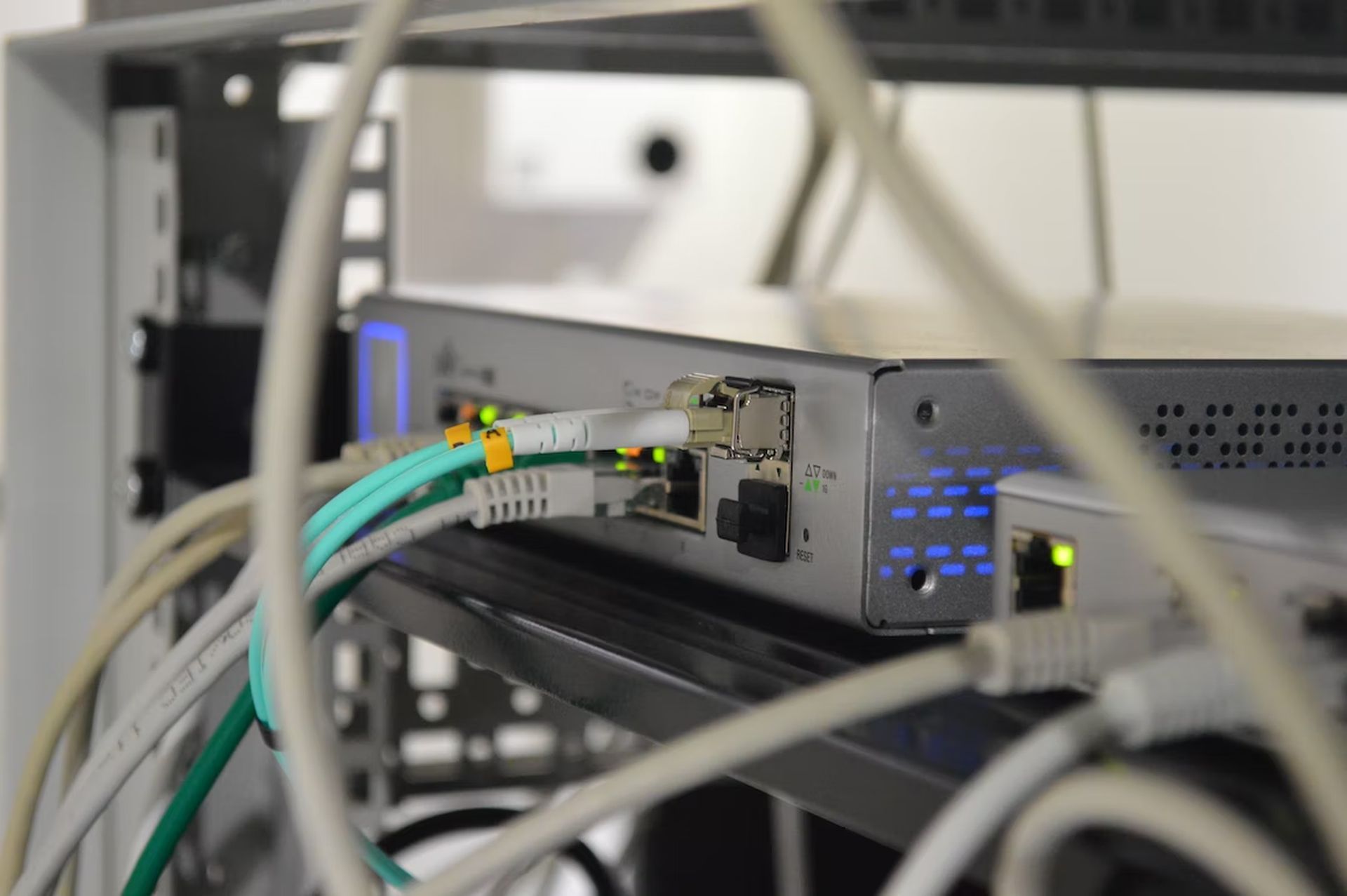
Intelligence edge
IoT gateways are an illustration of “intelligence at the edge” or “intelligent edge,” it’s crucial to remember. This means that data can be handled and understood by the IoT gateway itself rather than needing to be translated and processed by a third party or person. IoT gateways are a prime example of an active, intelligent edge.
IoT gateway examples: Use cases
Below you can see some real-life use cases of IoT gateway; we explained two different examples:
Video surveillance systems
IoT companies now provide HD video surveillance solutions with superb picture quality. Without IoT gateways that preprocess, filter, and compress data, it would not be possible.
There are a ton of records produced by these systems that need huge be kept and examined in some way. IoT gateways may have the additional computing power to preprocess the data, as we have already discussed. The video feed is automatically evaluated locally, thanks to edge computing. Consequently, the system doesn’t keep pointless records.

Industrial refrigerators monitoring
This system focuses on managing the collected data, showing the various indicators in the industrial freezers, and monitoring them. Let’s focus on the component we need, information collecting, rather than the technical intricacy of the solution.
Industrial refrigerator monitoring sensor nodes should be able to withstand extremely low temperatures. In such a severe environment, it is not best to connect sensors directly to the Internet via 4g.
IoT gateways use low-range protocols to collect data from sensors, which they then send to the cloud. The requirement to handle low temperatures vanishes because they are situated outside of the severe environment.
IoT edge security
One example of an intelligent IoT device installed at the network edge is an IoT gateway. Both advantages and disadvantages for IoT security can be provided by these devices.
Security as a service leaves cybersecurity to the experts, but it is a double-edged sword
Decentralized infrastructure
IoT gateways’ modest data processing power has both advantages and disadvantages for security. Edge computing for distributed data processing aids in resiliency and data minimization, but distributed architectures may be more challenging to secure because they cannot be shielded by perimeter-based defenses.
Data minimization
Before being sent over the Internet, data generated by IoT devices must be filtered by IoT gateways. This aids in lowering both the amount of data exchanged and the potential for network communications or exploited cloud-based servers to leak critical data.

Edge security
Between IoT devices and the open Internet, IoT gateways can have built-in security features. Because the IoT helps to eliminate the security gaps that are frequently present in IoT devices, this can assist in safeguarding an organization’s IoT devices and the sensitive data they gather from cyber threats.
Conclusion
IoT devices are frequently deployed by businesses, which can make it challenging to manage and monitor them. A centralized hub known as an IoT gateway links IoT gadgets and sensors to cloud computing and data processing.
Bidirectional data transmission between the cloud and IoT devices is frequently made possible by modern IoT gateways. As a result, IoT sensor data may be uploaded for processing, and commands can be delivered to IoT devices from cloud-based apps.





